
Overview
This is the third in a series of posts looking at Simple Machines (Lever, Wedge, Inclined Plane, Pulley, Wheel and Axle, Screw). Becoming more aware of Inclined Planes, and other Simple Machines, in your early learning setting will make you more confident supporting STEM (Science, Technology, Engineering, and Math) play and answering children’s questions about how many everyday items work.
What’s An Inclined Plane?
An inclined plane is a surface forming an oblique (not ninety degree) angle with the plane of the horizon. Inclined planes are more commonly known as ramps.
Stairs (and ladders) are also considered inclined planes.

The Rise is the vertical height of the inclined plane. The Run is the horizontal length.
An inclined plane with a given Rise requires more Effort with a short Run than a long Run.

Inclined planes make it easier to raise objects (people, cars, boxes) from one level to another–they offer what’s called mechanical advantage.
For example, it takes much less effort for that car in the photo below to make it to the top of the mountain using the road–a series of man made inclined planes–than to drive straight up the mountainside.

And it is much easier for a wheelchair to navigate a gentle incline than a steep one:

Examples Of Inclined Planes
You can’t go through a day without encountering multiple Inclined Planes. Here are some examples:
Inclined Plane Learning
It turns out children are drawn to inclined planes–they love to engage with them. As you can see from the images above, playing with inclined planes can support both small and large muscle development.
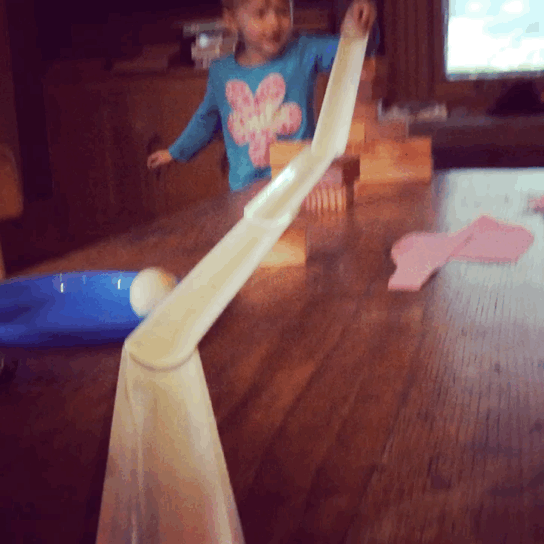
In addition to physical development, inclined plane play is ripe with opportunities to explore concepts like Motion, Effort, Mass, and Work, as well as practice problem solving, conduct experiments, and more.
And observation skills–inclined plane play is a chance to practice observation skills–look at this:
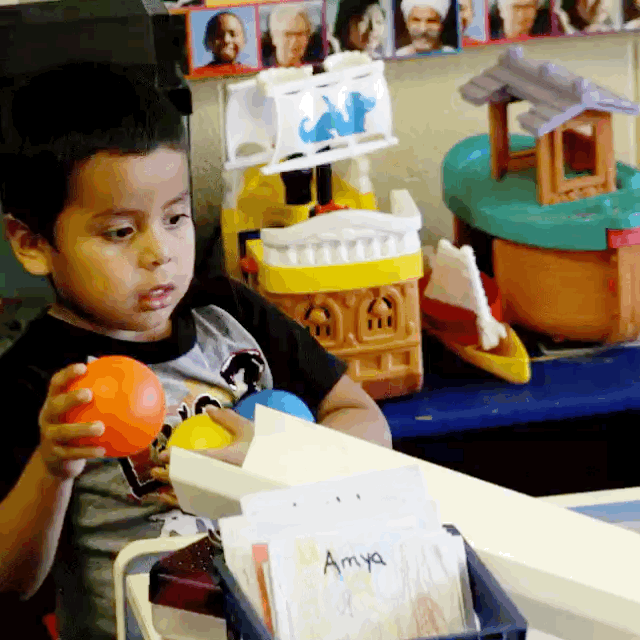
You may want to consider adding more ramps to your play space. Ramps are a pretty easy DIY projects as well. For example, here’s a post on making ramps from pool noodles. Simply providing a wide variety of loose parts that children can use to create their own inclined planes is another great way to support such playful learning.
Conclusion
You can support STEM play in your early learning setting by offering plenty of time and space for children to engage with and explore inclined planes. You can also support such play by helping parents and other adults who enter your play space understand that what looks like simply rolling a ball down the slide over and over again is actually a scientific experiment.
I’d love to hear your thoughts and see photos of inclined plane play in your early learning setting in the comments.
contribute content to Playvolution HQ
brought to you by Explorations Early Learning
Post Author
Jeff Johnson is an early learning trainer, podcaster, and author who founded Explorations Early Learning, Playvolution HQ, and Play Haven.


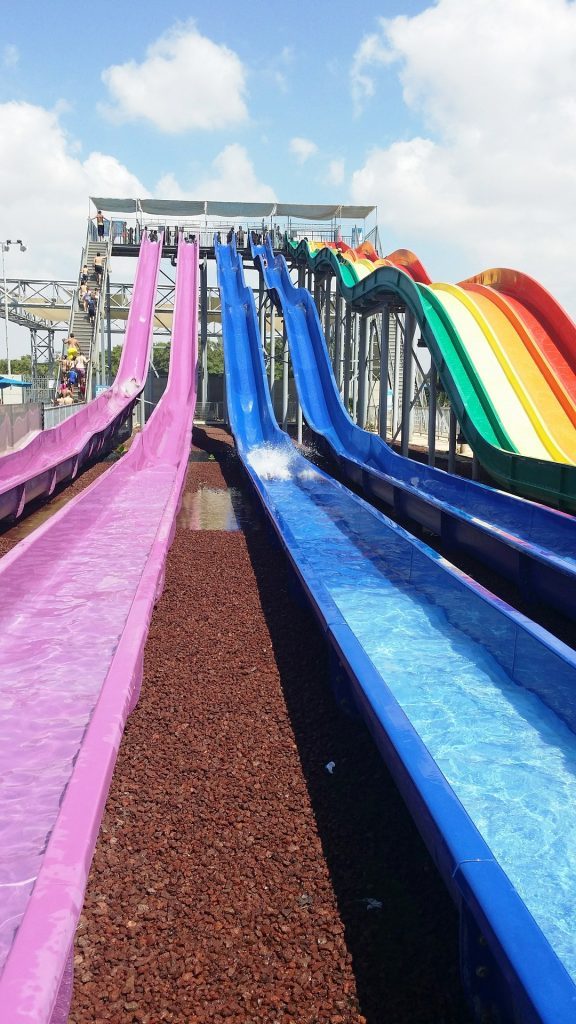
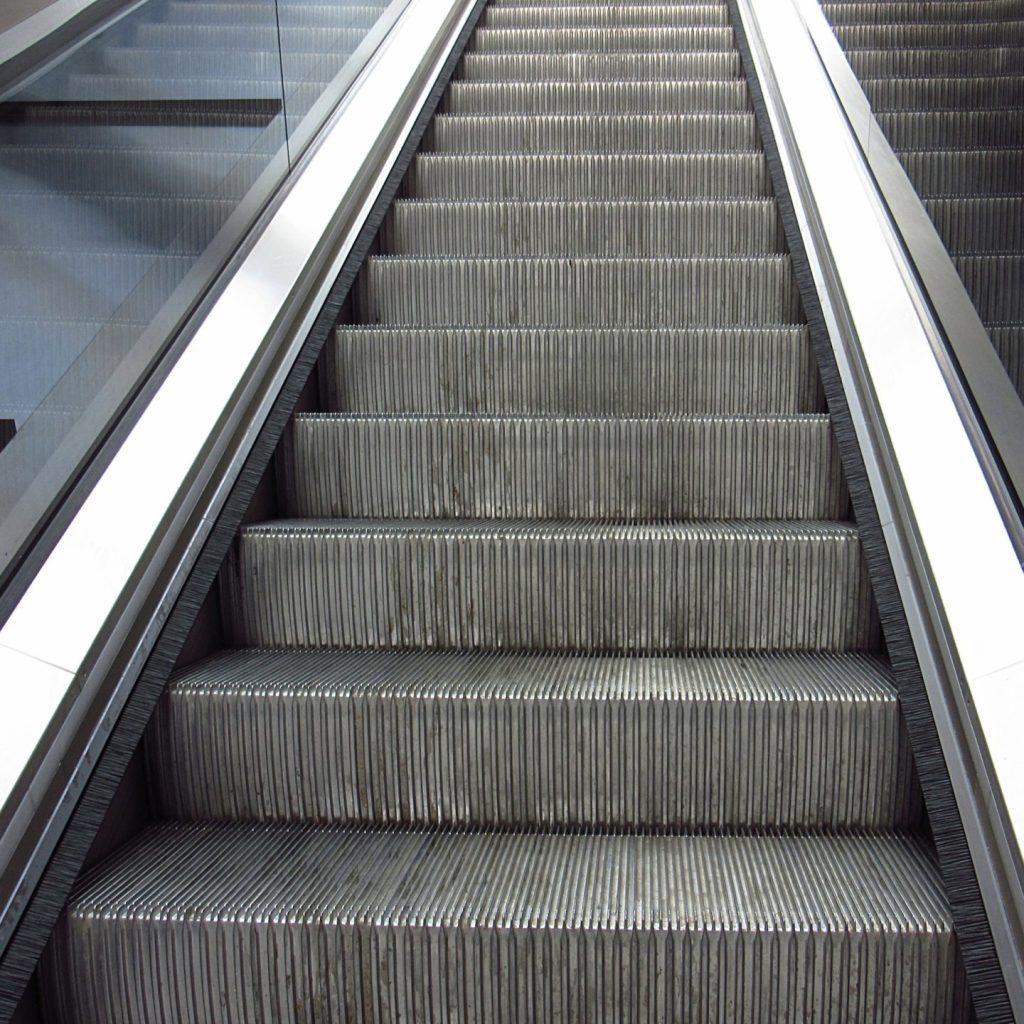


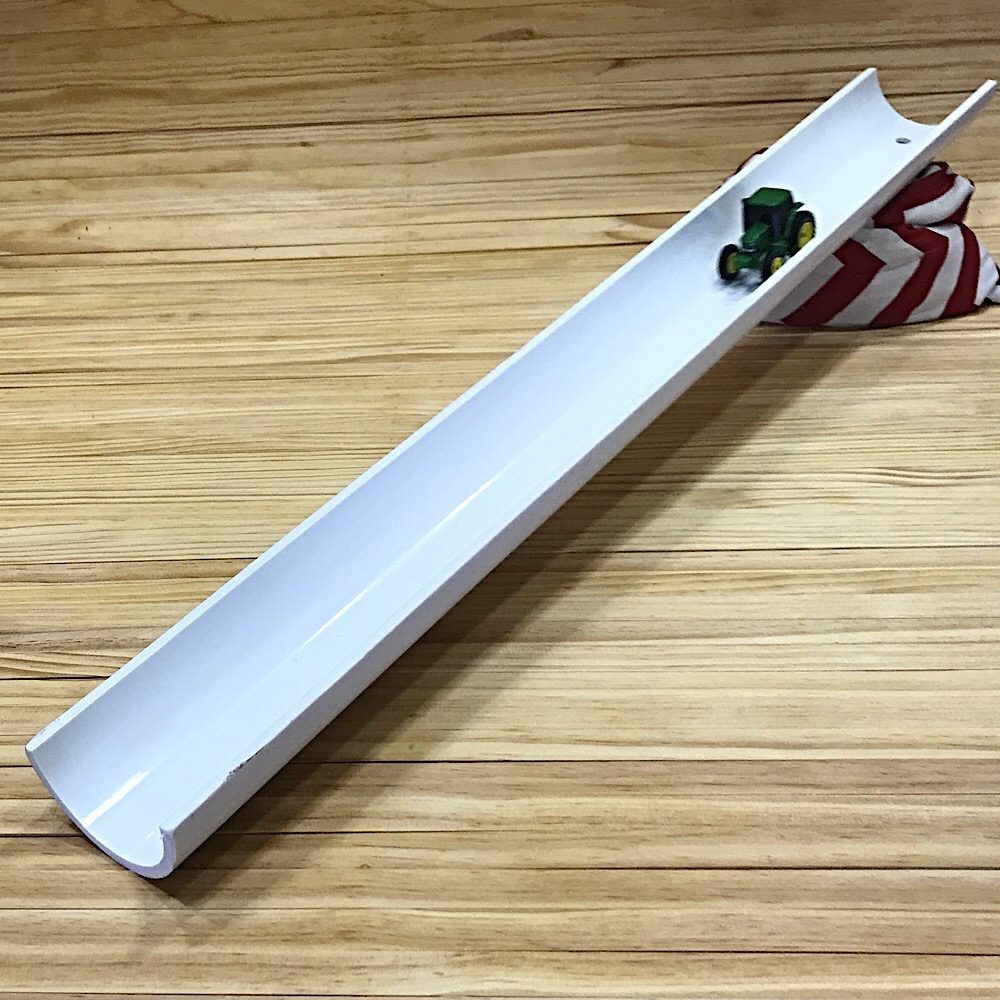

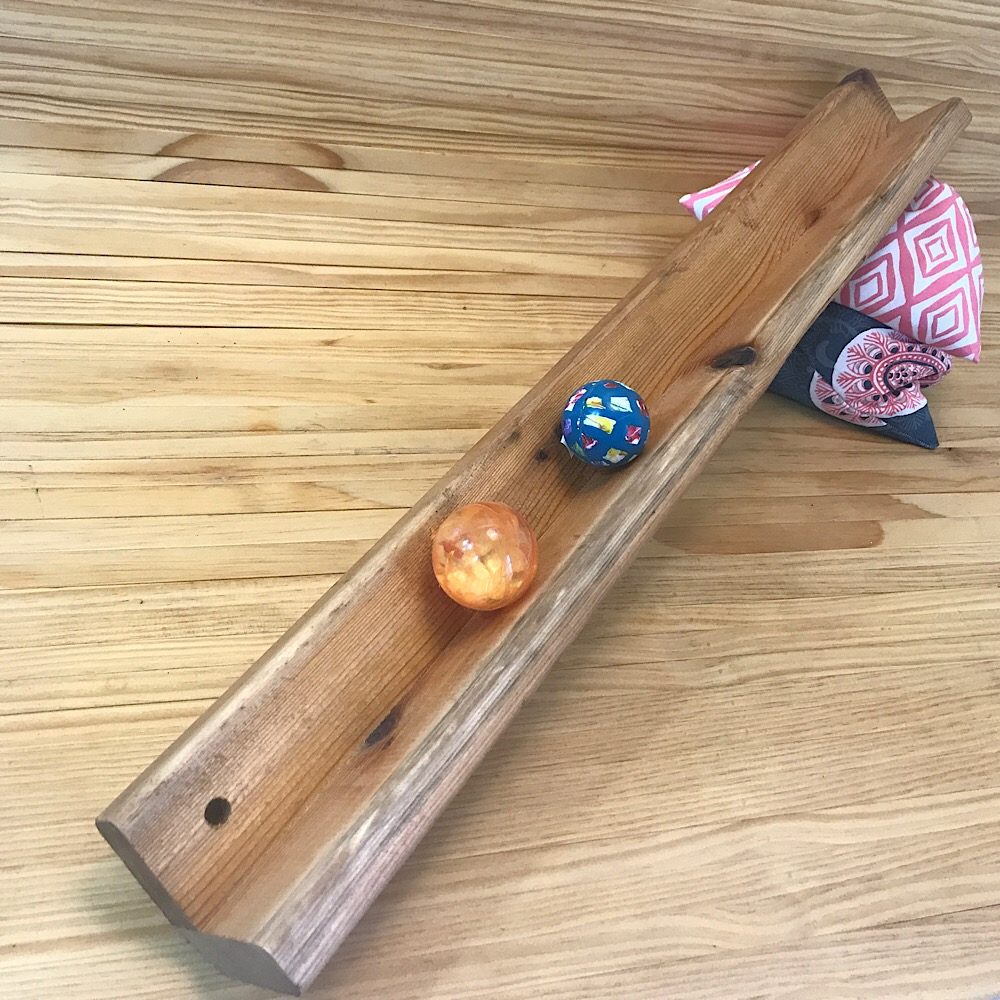



Leave a Reply